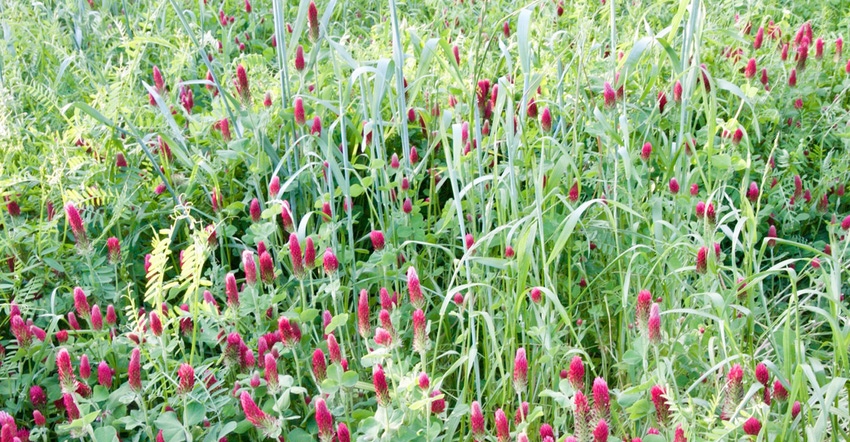
Missouri is home to the first Center for Regenerative Agriculture in the Midwest.
The University of Missouri College of Agriculture, Food and Natural Resources is the new home for the center, which fosters faculty and student collaboration across the entire college, says Christopher Daubert, CAFNR vice chancellor and dean.
“As with other academic centers in CAFNR, this new center will create the opportunity to enhance our research, education and Extension impacts in agriculture and food systems, and create a focal point for efforts in the area of regenerative agriculture," he says.
Soil health is a hot topic for farmers. “But beyond soil health, there's interest in this regenerative space, having more diversity within farm production systems,” explains Rob Myers, adjunct associate professor in the Division of Plant Sciences, who serves as the faculty director for the center. He says it is not just the agriculture community.
Companies are changing how they purchase products. Cargill recently announced the company wants 10 million acres in regenerative practices by 2030. Through its work, Myers says, the Center for Regenerative Agriculture will help farming systems adapt to new marketplace demands.
Investing in resiliency
The center is already collaborating on a $10 million proposal to study cover crops for farmers. Myers estimates that Missouri has about 1 million acres of cover crops. In the 2017 U.S. Census of Agriculture, the state ranked fourth in the nation for total cover crop acres.
Where the state can lead in the regenerative agriculture movement, Myers says, is research on integration of crops and livestock. With Missouri one of the top cow-calf states, there are opportunities to look at grazing cover crops within row crop systems, but there is a need for research on cover crop species and animal productivity.
“I've already had a lot of interest from more animal scientists to collaborate on some of these regenerative approaches,” Myers adds. “It's not just a crop thing. It's livestock as well.”
Farmers are taking a whole farm approach to regenerative agriculture, one that also includes conservation efforts such as buffer strips or pollinator habitats.
The Missouri Department of Conservation provided initial funding for the center to look at how conservation approaches work together in a way that leads to farming landscapes that are diverse and provide both economic and environmental impacts for landowners.
Sara Parker Pauley, Missouri Department of Conservation director, sees the center as an opportunity to work with farmers to produce food consumers demand. She says that regenerative agriculture “helps our agricultural products stay competitive and a coveted commodity in markets where food produced through sustainable farming practices is preferred.”
Along with the state conservation department, the USDA Natural Resources Conservation Service, the Missouri Department of Natural Resources, the Walton Family Foundation, and the Foundation for Food and Agriculture Research provided additional funding.
Resources and research
Myers sees three main roles of MU’s Center for Regenerative Agriculture.
First, it will be an information resource for farmers. For instance, the center will provide programs specifically for absentee landowners who may be interested in conservation approaches on their farm, but don't know what opportunities are out there.
“There are food and ag companies that want to take action in this [regenerative] space, but they don't always know how to best connect with farmers or what types of practices are best for a particular region,” Myers explains. “I think we can be helpful to them as they're trying to work with producers and connect them to their company.”
Second, the center will develop education and research programs that answer farmer questions. “It's one thing for the company to say, 'Hey, try this practice,'" Myers says. "But if the farmer doesn't know how it's going to work in their area or have good information available to them from research that's been done in Missouri, for example, it's harder for them to adopt practices. So, we want to make sure that we've got good research and education to back up what some of these opportunities are for farmers.”
Third, the center will connect people who have interest in the regenerative agriculture space, whether that is connecting public- and private-sector partners, external to the university, or even just faculty within the university.
“We're seeing a lot of these big private companies implementing programs in the space,” Myers says. “And yet they aren't often partnered with university research and education efforts. This is an opportunity for the University of Missouri to be partnering with some of these agribusiness efforts that are going on in different areas of the state and country.”
Ultimately, Myers says the Center for Regenerative Agriculture will provide the creativity needed to help farmers adjust their management practices to improve their farm’s profitability and resiliency.
For more on the center, visit cra.missouri.edu.
About the Author(s)
You May Also Like






